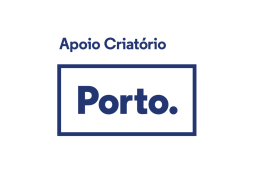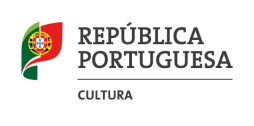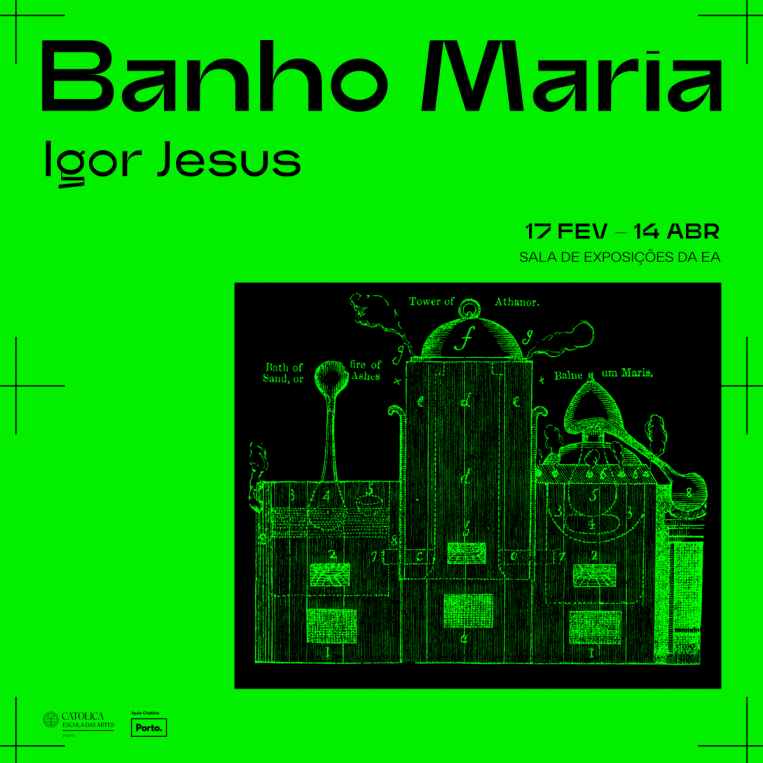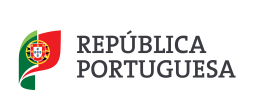Banho Maria
Igor Jesus
Curated by Nuno Crespo
Opening 17th Feb at 19:00
Until 14th Apr
Exhibition Hall EA
Free Entrance
Banho-maria is a term used to describe many processes, ranging from chemistry to industrial procedures (pharmacy, cosmetics, etc.), as well as cooking.
Regardless of the context, "banho-maria" refers to a process of gently heating a liquid or solid substance within a container, which is then placed inside another enclosed container where steam is released.
It is this steam that increases the temperature of the various substances, with the specificity of being a highly precise and demanding process in terms of controlling the different manipulated elements.
It is this possibility of alchemical transformation—surprising and radical—that interests Igor Jesus.
He is not concerned with entering the field of alchemy but uses this transformation as a metaphor to approach a highly elaborate process of relating and transforming images into sounds, sculpture, and space.
The connection the Banho Maria project makes with the alchemical process is due to an understanding that the artist has been developing in his works, where images and artistic objects are primarily ways of capturing energies.
For this artist, it is never about representing an object, a person, or anything else, but about finding devices that energetically alter the world and, of course, the subjects who experience his works.
It is an immersive experience because each project of this artist pulls us into realms of experience where all human forces are activated: sensitivity, imagination, understanding, and reason (to do justice to Kant and the descriptive matrix of the forces that constitute human intelligence).
This does not make Igor Jesus a shamanic artist, but it presents him as someone dedicated to identifying what happens in areas usually inaccessible to the human eye, where we only reach through certain devices, such as a camera.
Therefore, in this project, he appropriates H. Baraduc's image book with the very suggestive title The Human Soul. Its Movements, Its Lights and the Iconography of the Fluidic Invisible (1896).
Regardless of the specific image construction project here—images produced through the direct contact of a body with a chemical plate to minimize latency—the paranormal explorer, as he became known, was interested in capturing through more precise instruments than the human eye the feelings, thoughts, and energies emanating from a human soul.
Baraduc never considered his work as photographic—which in his time required the intervention of sunlight—but rather as a very special iconography of invisible fluids.
And it is precisely this iconography of the invisible that Igor Jesus takes into his hands and tries to transform into a simultaneously visual, sound, and sculptural experience.
Igor Jesus's interest in the immaterial and spirits has been present in his work from the beginning—at least since the video My Father Died in the Year I Was Born (2014), where the artist holds a spiritual session.
But in this new project, the artist builds a kind of distillery of images: the images of Baraduc's fluids are projected onto a screen, and on this screen, a set of photosensitive cells interpret the light emitted by each image and transform that projection light into sound. A process of sonification or, if you prefer, a translation of the visible into the audible.
Nuno Crespo









